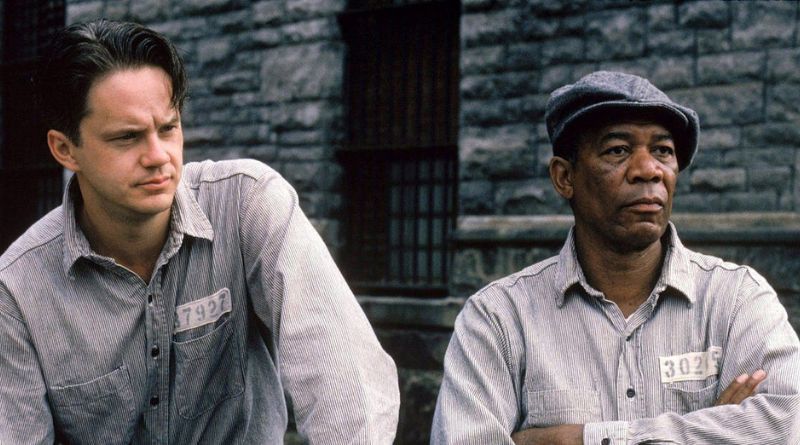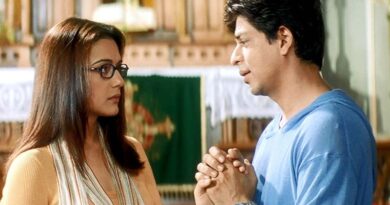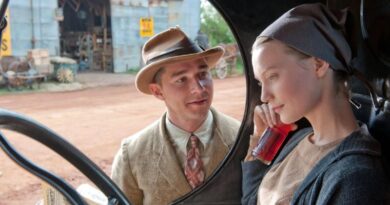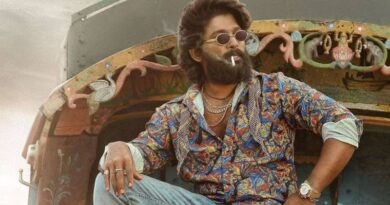1990s Films That Aged Like Fine Wine – The 1990s marked a cinematic era that produced films that transcended their time, evolving into timeless classics. This period saw the creation of movies that, like fine wine, have only grown richer and more appreciated with age.
The decade birthed groundbreaking narratives, innovative filmmaking techniques, and unforgettable characters that continue to resonate with audiences today. In this exploration, we delve into the enduring allure of select 1990s films, examining their profound impact on cinema, culture, and the human experience.
From the cinematic prowess of “The Shawshank Redemption” to the cultural significance of “Pulp Fiction” and the groundbreaking visuals of “The Matrix,” these films remain as relevant and captivating as ever, cementing their status as timeless treasures in the annals of cinematic history.
1990s Films That Aged Like Fine Wine
The Shawshank Redemption (1994)
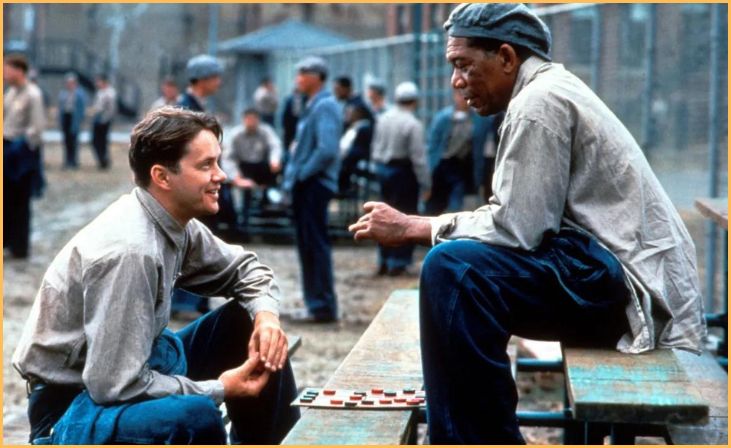
“The Shawshank Redemption” (1994), directed by Frank Darabont, is a cinematic masterpiece that has aged like fine wine. Based on Stephen King’s novella, the film unfolds the poignant tale of Andy Dufresne, a wrongly convicted banker, and his enduring friendship with fellow inmate Red.
With brilliant storytelling and remarkable performances, particularly by Tim Robbins and Morgan Freeman, the film explores themes of hope, resilience, and the human spirit against the backdrop of Shawshank State Penitentiary.
Its enduring appeal lies in its emotional depth, memorable quotes, and a timeless narrative that continues to captivate audiences, cementing its status as one of the greatest films of the 1990s.
Also, Read – Best Movies of the 90s Hollywood
Pulp Fiction (1994)
Quentin Tarantino’s “Pulp Fiction” (1994) is a cinematic tour de force that has aged impeccably. Known for its non-linear narrative, sharp dialogue, and eclectic characters, the film weaves interconnected stories of crime, redemption, and existentialism. Samuel L. Jackson and John Travolta deliver iconic performances, while the soundtrack and memorable scenes have become cultural touchstones.
“Pulp Fiction” not only revitalized independent cinema but also left an indelible mark on pop culture. Its enduring appeal lies in Tarantino’s bold storytelling, innovative structure, and a stylish blend of humor and violence, making it a timeless classic that continues to influence and captivate audiences worldwide.
The Matrix (1999)
“The Matrix” (1999), directed by the Wachowskis, remains a groundbreaking sci-fi masterpiece that has aged with unparalleled grace. The film introduced audiences to a mind-bending world of reality and illusion, blending innovative special effects, martial arts choreography, and a compelling narrative.
Keanu Reeves as Neo, Laurence Fishburne as Morpheus, and Carrie-Anne Moss as Trinity delivered memorable performances in this dystopian tale of rebellion against sentient machines.
Beyond its technical achievements, “The Matrix” left an indelible mark on popular culture, influencing filmmaking, fashion, and philosophical discourse. Its exploration of reality, identity, and choice ensures its continued relevance, solidifying its status as a timeless and influential classic.
Forrest Gump (1994)
“Forrest Gump” (1994), directed by Robert Zemeckis, is a timeless classic that has aged gracefully. Tom Hanks delivers an Oscar-winning performance as the titular character, a man with a low IQ whose life becomes intertwined with pivotal moments in American history.
The film’s heartwarming narrative, coupled with its innovative use of visual effects to place Forrest in historical footage, captivates audiences with its charm and emotional resonance.
“Forrest Gump” remains a cinematic triumph, blending humor, drama, and a nostalgic soundtrack to create an enduring tale of love, destiny, and the extraordinary journey of an ordinary man. Its universal themes continue to resonate, ensuring its place in film history.
Fight Club (1999)
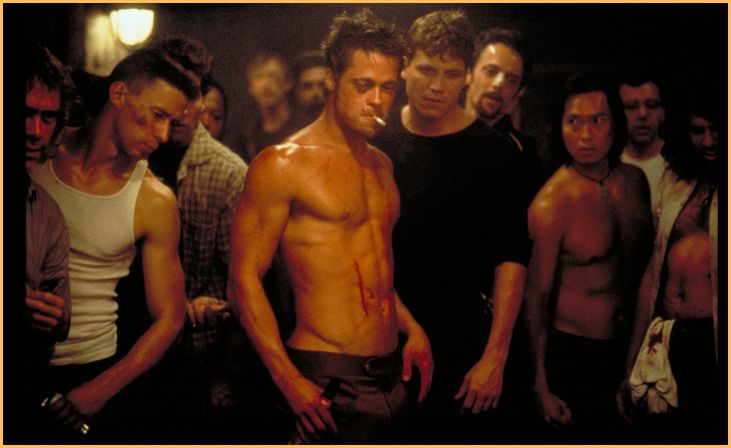
David Fincher’s “Fight Club” (1999) is a visceral and thought-provoking cinematic experience that has only grown in significance over time. Starring Edward Norton and Brad Pitt, the film explores the alienation and disillusionment of modern existence through an underground fight club.
Its dark humor, existential themes, and a mind-bending twist have made it a cult classic. “Fight Club” challenges societal norms and consumer culture, leaving an indelible mark on the zeitgeist.
Fincher’s direction, coupled with Norton and Pitt’s compelling performances, creates a cinematic journey that continues to resonate with audiences, cementing its status as a provocative and enduring piece of filmmaking.
The Silence of the Lambs (1991)
“The Silence of the Lambs” (1991), directed by Jonathan Demme, stands as a timeless psychological thriller that has aged with unwavering intensity. Starring Jodie Foster as FBI trainee Clarice Starling and Anthony Hopkins in his iconic role as Dr. Hannibal Lecter, the film is a masterclass in suspense and storytelling.
Its chilling atmosphere, intelligent dialogue, and Hopkins’ mesmerizing performance earned the film multiple Academy Awards, including Best Picture.
The cat-and-mouse game between Starling and Lecter remains an unforgettable cinematic experience, solidifying “The Silence of the Lambs” as a benchmark in the thriller genre, with its impact still resonating and influencing filmmakers today.
Also, Read – Top 10 Brad Pitt Movies
Good Will Hunting (1997)
Gus Van Sant’s “Good Will Hunting” (1997) is a heartfelt drama that has aged with enduring emotional resonance. Starring Matt Damon and the late Robin Williams, the film tells the story of Will Hunting, a janitor with a prodigious intellect.
Damon and Ben Affleck, who co-wrote the screenplay, deliver a poignant exploration of friendship, love, and self-discovery. Williams’ portrayal of therapist Sean Maguire earned him an Academy Award.
The film’s authenticity, powerful performances, and exploration of human potential contribute to its timeless appeal. “Good Will Hunting” remains a touching exploration of overcoming past traumas and finding one’s place in the world.
Jurassic Park (1993)
Steven Spielberg’s “Jurassic Park” (1993) remains a cinematic marvel that has stood the test of time. The groundbreaking film, based on Michael Crichton’s novel, brought dinosaurs to life with revolutionary special effects, creating a mesmerizing and thrilling adventure.
Spielberg’s skillful direction, coupled with John Williams’ iconic score, captured the awe and terror of encountering living, breathing dinosaurs. The film not only redefined the possibilities of visual effects but also set a new standard for blockbuster entertainment.
“Jurassic Park” continues to be celebrated for its enduring sense of wonder and excitement, leaving an indelible mark on the world of cinema and inspiring subsequent generations of filmmakers and audiences alike.
The Sixth Sense (1999)
M. Night Shyamalan’s “The Sixth Sense” (1999) remains a haunting and masterfully crafted psychological thriller that has aged like a classic ghost story. Starring Bruce Willis and Haley Joel Osment, the film tells the tale of a troubled young boy who communicates with the dead.
Shyamalan’s brilliant storytelling is punctuated by a twist ending that became synonymous with his work. The film’s atmospheric tension, coupled with Osment’s exceptional performance, delivers an emotional and chilling experience.
“The Sixth Sense” not only solidified Shyamalan’s reputation as a director with a unique vision but also left an indelible mark on the suspense genre, earning its place among the most memorable films of the late 20th century.
Toy Story (1995)

“Toy Story” (1995), directed by John Lasseter, revolutionized animation and storytelling, proving to be a timeless classic that continues to enchant audiences of all ages.
As the first feature-length film entirely created with computer-generated imagery, it introduced Woody, Buzz Lightyear, and a host of toys that come to life when humans aren’t around. Beyond its technological achievements, the film’s heartwarming narrative, witty humor, and memorable characters set a new standard for animated films.
Pixar’s craftsmanship and the film’s universal themes of friendship and self-discovery ensure its enduring popularity, making “Toy Story” a foundational piece in the history of animation and cinema.
Conclusion
In retrospect, the 1990s gifted us with films that have not only stood the test of time but have aged like fine wine, gaining complexity and significance. Whether through revolutionary narratives, iconic characters, or groundbreaking visuals, these cinematic gems continue to captivate and inspire. As we revisit these classics, it becomes clear that their enduring resonance is a testament to the lasting impact of 1990s filmmaking, leaving an indelible mark on both the art of cinema and the hearts of audiences across generations.
FAQs
Enduring 1990s films often address universal themes, feature compelling characters, and showcase innovative filmmaking techniques. Whether through groundbreaking visuals, thought-provoking narratives, or cultural influence, these films connect with audiences on a deeper level, ensuring their lasting relevance.
Examples include “The Shawshank Redemption” for its timeless themes, “Pulp Fiction” for its cultural impact, “The Matrix” for revolutionary visuals, and “The Big Lebowski” for its cult following. Each of these films has maintained or even increased its appeal over time.
The 1990s witnessed the emergence of groundbreaking filmmaking techniques, innovative storytelling approaches, and a shift in cultural narratives. Films like “The Matrix” revolutionized visual effects, while works like “Fight Club” challenged conventional storytelling, collectively contributing to the evolution of cinematic art.

